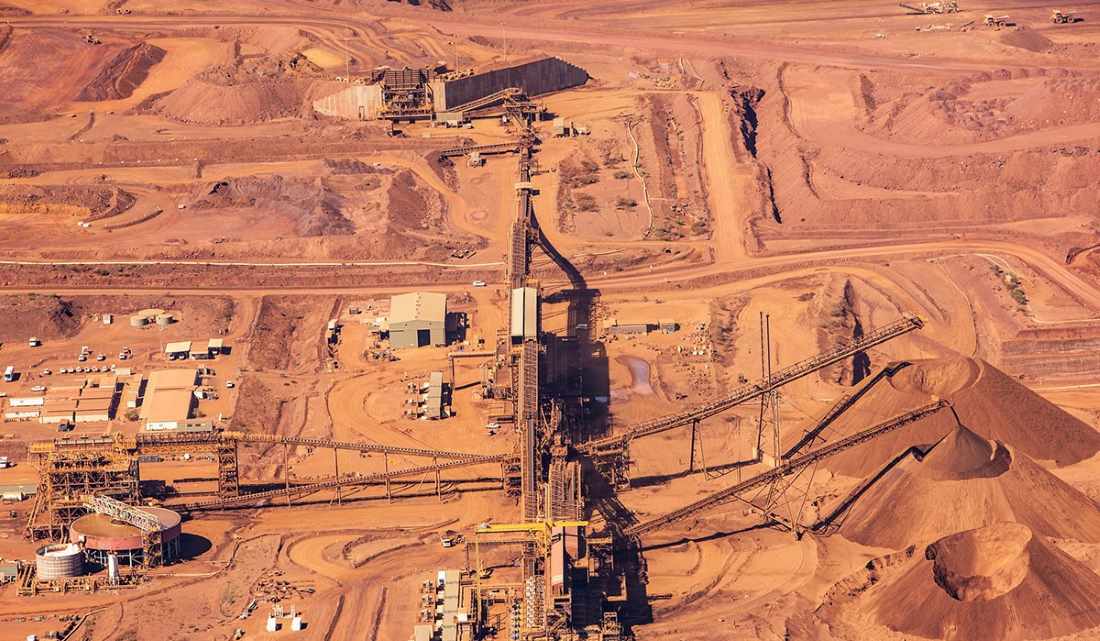
Consider it a good thing if the word ‘Asbestos’ raises the hair on the back of your neck. While used in thousands of products since the 1800s, we now know that asbestos is an incredibly dangerous substance to human health.
In fact, there is no known safe level of asbestos exposure.
In today’s world, particularly in the mining, resources, and construction sectors, professionals often use dust samples to detect asbestos. It commonly appears in ore deposits and certain types of rock and materials, associating it frequently with mining and demolition operations. A fibrous material prevalent in WA’s Pilbara and across the country, when airborne, asbestos poses a hazard to workers and people who may inhale the fibres and experience various adverse health outcomes in the years ahead.
The commercial term “Asbestos” refers to different types of naturally occurring silicate mineral fibers, categorizable broadly into amphibole and serpentine.
Australia banned the use of asbestos in building materials in 2003, ending a long-standing industry that, at its peak, boasted one of the highest use rates per person in the world until the 1980s. Australia imported 1.5 million tonnes of asbestos between 1930 and 1983, and was mined here until 1984.
It’s estimated that in Australia, Asbestos was used in more than 3000 products until its eventual banning in 2003. From construction material used in home building to vehicles and resources pulled straight from the earth, it was everywhere and remains present to this day in anything built before the 1990s and in mining dust samples.
Sadly, asbestos has been a known carcinogen since the 1950s, and deaths in Australia caused by inhaling its fibres into the lungs are still measured in the thousands per year. For context, twice the amount of people die each year from asbestos-related diseases (ARD) than in traffic accidents. Even low exposure to asbestos fibres or dust can cause incurable mesothelioma.
Further, the families of workers exposed to asbestos commonly contract cancer many years later, after coming into contact with clothing or materials contaminated with asbestos. In mining, naturally occurring asbestos can be found in and around the rock being dug up and processed, actions that significantly increase the risk of asbestos fibres being released into the atmosphere. With the current resource drive and exploration boom, fibrous materials are increasing in air quality and dust samples.
The good news is that asbestos is only hazardous in its “friable” or pulverised state, and options are available to control and prevent its release. By nature, asbestos is also hydrophilic, meaning that a dual-performing (hydrophilic and hydrophobic) dust suppressant can be used to bind, coat and prevent the spread of asbestos dust and fibres from its parent source.
As a solution, GRT has designed its Rubble-Loc product to control dust on dynamic demolition and recovery sites. Effective for dust and wind erosion management, GRT Rubble-Loc technology is intended for use in construction operations, material stockpiles, and natural disaster sites for the emergency phase and during recovery or reconstruction.
This reassures contractors, regulators, and surrounding residents that once discovered in samples, measures are in place to lock down dust and potential contaminants on nearby work sites.
In summary, we know all about the dangers of asbestos in our modern world.
However, its hazards remain around us after a century of prolific use, and the effects can range from severe to fatal. Controlling asbestos in our environment and while at work to protect our health and that of those closest to us remains paramount. Luckily, technology has come a long way, and products are on the market to drastically reduce the risk of exposure.
If dust control is an issue for your construction, exploration or resource business, check out GRT’s tailored solutions, including our Smart Dosing Units.
If you’d like to talk with an expert, simply contact us!
Your feedback is important to us.
If you enjoyed reading this Global Road Technology industry update and found it informative, please let us know by leaving a REVIEW.
https://www.dmp.wa.gov.au/Documents/Safety/MSH_IS_FAQs_FibrousMinerals.pdf
https://www.asbestos.nsw.gov.au/safety/safety-in-the-home/when-was-asbestos-banned-in-australia
Are environmental regulations, health and safety concerns or potential profit loss a concern right now?
Contact Us Now